Don't wanna be here? Send us removal request.
Photo

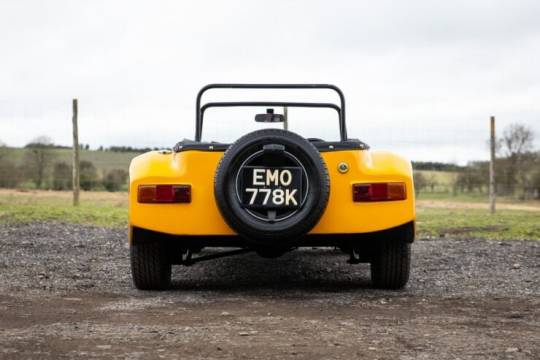
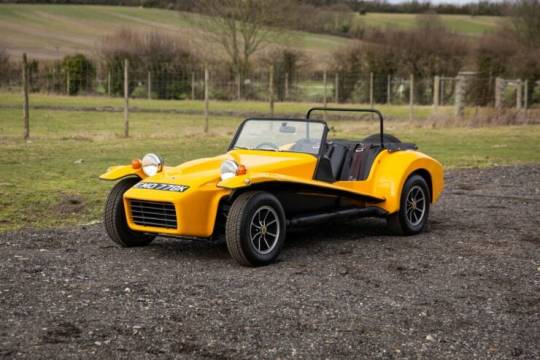
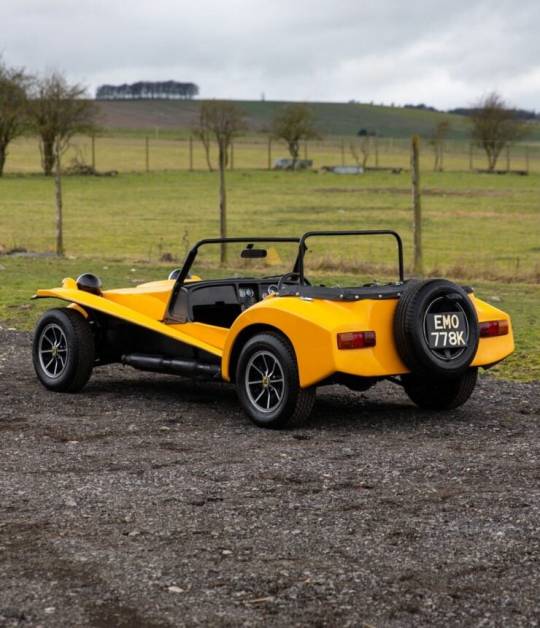

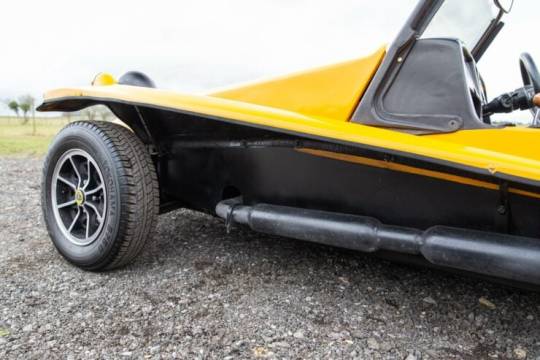
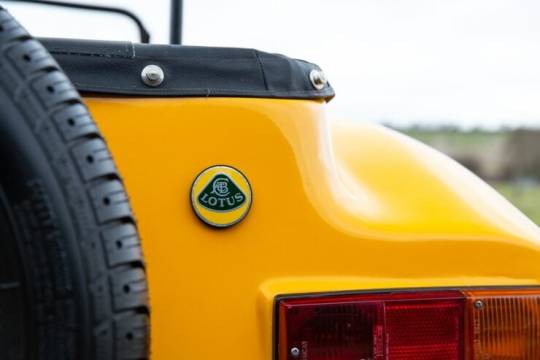
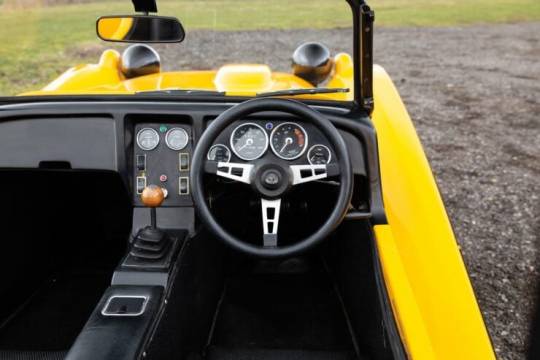
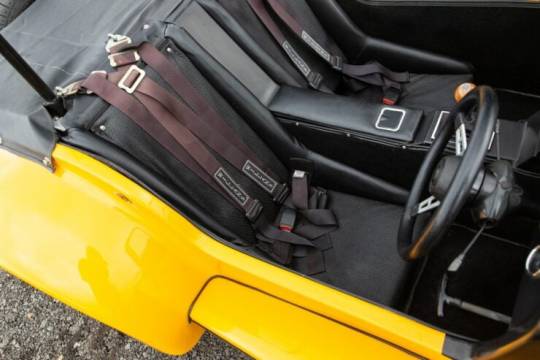

Lotus Seven Series 4
The Lotus Seven was first introduced in 1957 by Lotus founder Colin Chapman. Chapman’s idea was to create a lightweight, nimble sports car that could provide an engaging driving experience while being affordable for the average enthusiast. The car’s design was inspired by the clubman racers of the day and the earlier Lotus Mark VI and it was offered in both kit form and as a turnkey car. The kit option would be the most popular, vastly outselling the turnkey car as kit cars at the time avoided the automobile purchase tax which was no insignificant. Interestingly, the law stated that kit cars couldn’t be offered with assembly instructions, an issue that Chapman addressed in his own unique way by offering detailed disassembly instructions that the kit builder could follow in reverse to build their car.
The first Lotus Seven, also known as the Series 1, was powered by a 1.1 liter Ford Sidevalve engine producing 36 bhp, and the car weighed just 725 lbs. Its lightweight design was classic Chapman, with a tubular steel spaceframe chassis, a fiberglass body, and a simple cockpit with only the bare necessities.
The Seven was an instant success, praised for its agility, speed, handling, and its affordable cost. In 1958, Graham Hill drove the Lotus Seven factory demonstrator to victory in a race at Brands Hatch, solidifying the car’s reputation as a highly-capable racing machine in the right hands. Over the years, the Lotus Seven evolved through various iterations from Series 1 through to Series 4, each with its unique features and improvements. The Series 2, introduced in 1960, featured a stiffer, simpler chassis design, revised suspension, and a more powerful engine.
The Series 3, released in 1968, was most commonly powered by the 1.6 liter, inline-four cylinder Kent crossflow engine. The Series 3 cars were also produced under license in Argentina, with over 50 made, and the model would be reintroduced in modified form by Caterham after the Series 4 proved less popular than anticipated.
The Series 4, introduced in 1970, marked a significant departure from the earlier Lotus Seven models. The Series 4 was designed to be more comfortable and practical than its predecessors, with a wider body and improved amenities. It also featured a more powerful engine, capable of producing up to 120 bhp, making it faster than the previous Lotus Sevens.
Despite its increased comfort and convenience, the Series 4 retained the classic Lotus Seven design elements, such as its tubular spaceframe chassis and lightweight fiberglass body. As noted higher up, the car was available in kit form or as a fully assembled vehicle, making it accessible to a wider range of enthusiasts.
45 notes
·
View notes
Photo
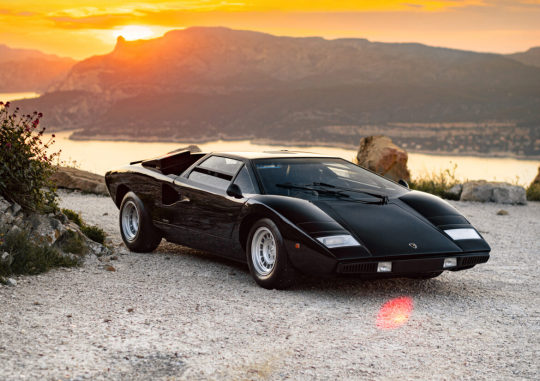



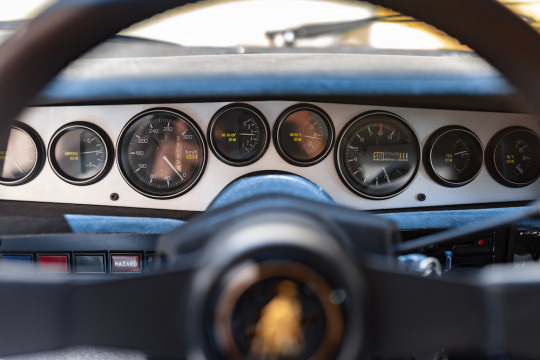

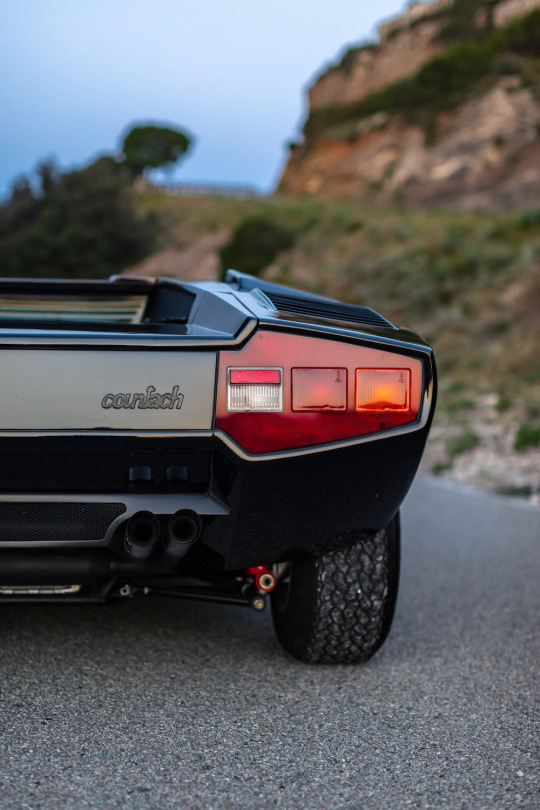

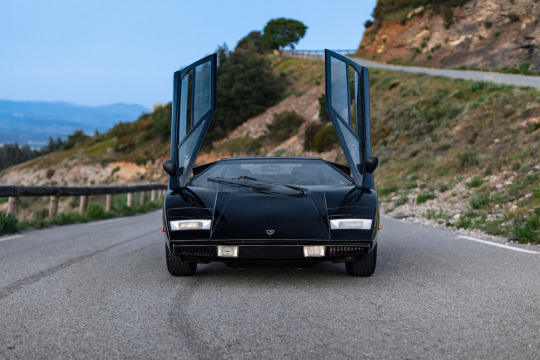
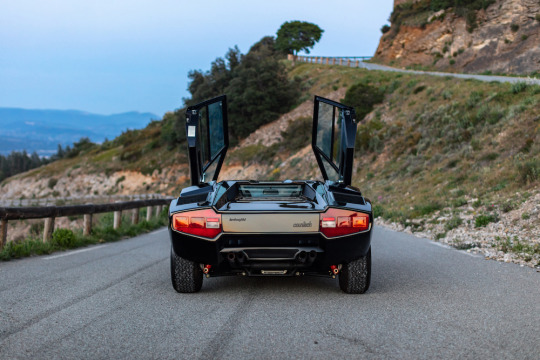
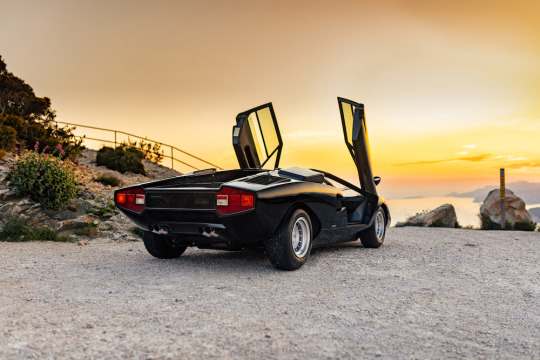

1975 LAMBORGHINI COUNTACH LP400 ‘PERISCOPIO’ BY BERTONE
210 notes
·
View notes
Photo

Joan Miró - Land of Great Fire III, 1956
16 notes
·
View notes
Photo

John B. Klein, United States Patent 87,394, Design for a Building, 1931-1932
36 notes
·
View notes
Photo

took this when you were pregnant with my nicey poo. you were, and always will be radiant. I love you beyond words.
Happy birthday to by beautiful and forever thu thu beyonce
52K notes
·
View notes
Photo

Tepache De Pina — Can artwork for @3ravensbrewery
7 notes
·
View notes
Photo

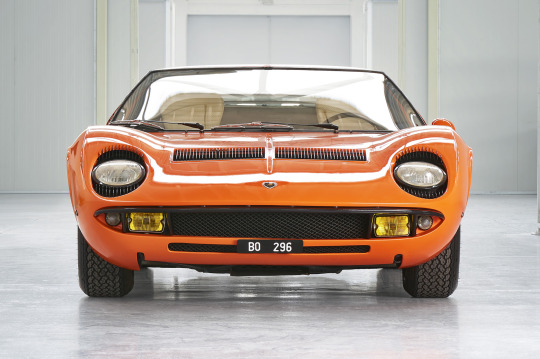

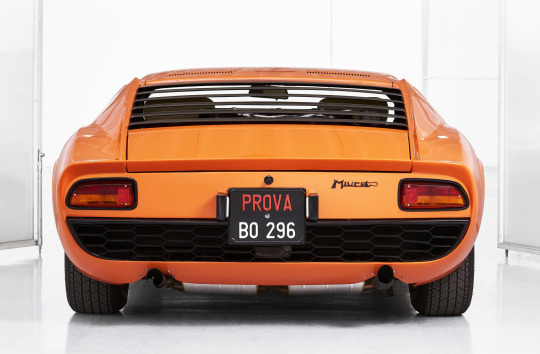

Lamborghini Miura 1972. - source Motor Authority.
179 notes
·
View notes









